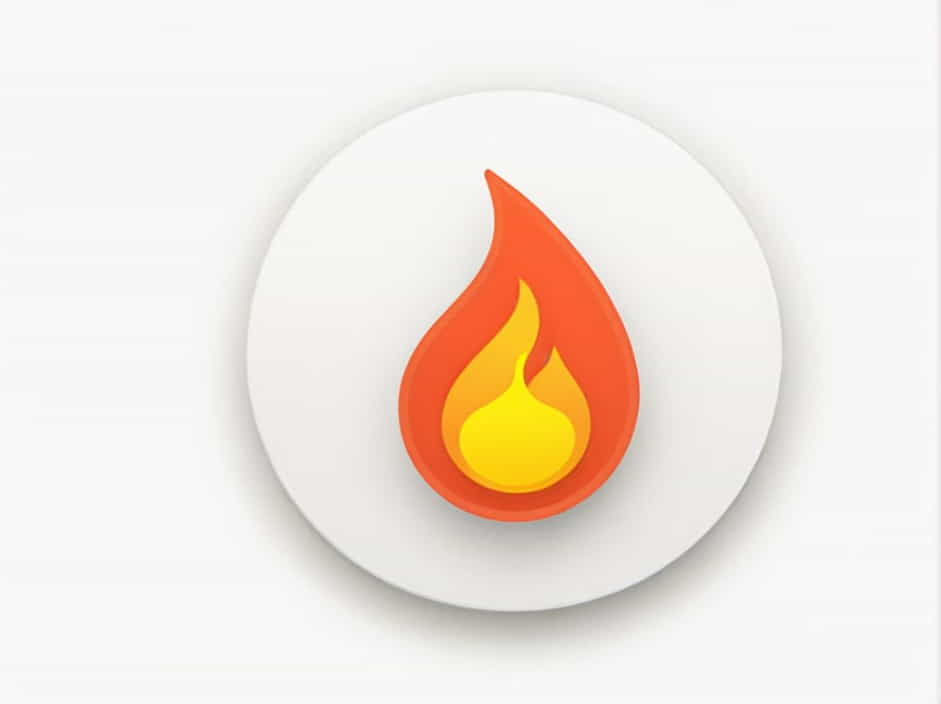Deflagration is a type of rapid combustion that occurs when a fuel reacts with an oxidizer, producing heat and gas expansion at a subsonic speed. Unlike detonation, which involves a supersonic shockwave, deflagration is a slower but still highly energetic process that can be found in various natural and industrial settings.
Understanding deflagration is essential for fields like fire safety, engineering, and chemistry, as it plays a significant role in explosions, controlled burns, and even internal combustion engines. This content will explore the causes, characteristics, and real-world applications of deflagration, as well as how it differs from detonation.
What Causes Deflagration?
Deflagration occurs due to the rapid reaction of a combustible substance with oxygen or another oxidizer. The process releases energy in the form of heat and expanding gases, which propagate through the material. The main factors influencing deflagration include:
1. Fuel and Oxidizer Interaction
For deflagration to occur, a fuel source must mix with an oxidizer in the right proportions. Common fuels include:
- Gases (propane, hydrogen, methane)
- Liquids (gasoline, alcohol)
- Solids (wood, gunpowder, coal dust)
The oxidizer is typically oxygen from the air, but in some cases, chemical oxidizers such as nitrates or peroxides can enhance the reaction.
2. Heat Source for Ignition
A heat source is required to initiate combustion. This can be provided by:
- Flames (matches, lighters, torches)
- Electrical sparks (faulty wiring, static discharge)
- Friction (rubbing two objects together)
- Compression heating (as seen in diesel engines)
Once ignition occurs, the reaction spreads through the fuel, generating heat and expanding gases.
3. Subsonic Flame Propagation
One key characteristic of deflagration is that the flame front moves at subsonic speeds, typically less than the speed of sound (343 m/s in air). This distinguishes it from detonation, where combustion travels faster than sound.
Characteristics of Deflagration
Deflagration has several key features that define its behavior in different environments:
1. Exothermic Reaction
Deflagration releases a significant amount of heat energy, making it an exothermic process. This heat can cause further combustion of nearby materials, sustaining the reaction.
2. Expanding Gases
The rapid burning of fuel generates gases that expand and increase pressure. This expansion can cause physical movement, such as pushing a piston in an engine or producing a shockwave in an explosion.
3. Pressure Build-Up
In enclosed spaces, deflagration can cause a dangerous pressure increase, leading to potential structural damage or explosion. This is a major safety concern in industries handling flammable gases or dust.
4. Self-Sustaining Reaction
Once initiated, deflagration can sustain itself as long as there is enough fuel and oxygen available. Firefighters and safety engineers often work to interrupt this cycle by removing fuel, cutting off oxygen, or cooling the reaction.
Examples of Deflagration in Everyday Life
Deflagration occurs in many common situations, some of which are beneficial, while others can be hazardous.
1. Fireworks and Pyrotechnics
Fireworks rely on controlled deflagration of chemical compounds to produce colorful explosions. The reaction happens at a subsonic speed, generating light, heat, and expanding gases without causing a detonation.
2. Internal Combustion Engines
In gasoline engines, the fuel-air mixture undergoes deflagration when ignited by the spark plug. The expanding gases push the piston, generating power to move the vehicle. Proper control of this process is essential to avoid engine knocking, which occurs when deflagration turns into an uncontrolled explosion.
3. Gunpowder and Firearms
When a firearm is discharged, the gunpowder inside the cartridge undergoes deflagration. The expanding gases propel the bullet forward. This controlled combustion ensures a steady release of energy, unlike the shockwave-driven detonation of high explosives.
4. Dust Explosions in Factories
Fine dust particles, such as flour, coal dust, or sawdust, can undergo deflagration if suspended in air and ignited. This can lead to devastating industrial accidents, making dust control and proper ventilation crucial in factories and storage facilities.
5. Gas Leaks and Fires
A leaking gas pipe can result in deflagration when ignited, causing a sudden fireball that expands rapidly but does not generate a supersonic shockwave. These fires can be dangerous, leading to burn injuries and structural damage.
Deflagration vs. Detonation: Key Differences
While both deflagration and detonation involve rapid combustion, they differ in speed, pressure effects, and the way energy is released.
| Feature | Deflagration | Detonation |
|---|---|---|
| Speed | Subsonic (less than 343 m/s) | Supersonic (faster than 343 m/s) |
| Pressure Build-Up | Gradual increase | Sudden, extreme spike |
| Shockwave Formation | No shockwave | Strong shockwave |
| Common Examples | Fireworks, gasoline engines, gunpowder | TNT explosions, dynamite, C-4 |
| Energy Release | Slower and controlled | Instant and destructive |
Understanding these differences is essential for industries dealing with combustion reactions, ensuring safe handling of fuels and explosives.
Safety Measures to Prevent Dangerous Deflagration
Uncontrolled deflagration can be hazardous, especially in factories, refineries, and confined spaces. Here are some important safety precautions:
1. Proper Ventilation
Ensuring good airflow helps dilute flammable gases and dust, reducing the risk of ignition.
2. Flame Arrestors
These devices prevent flames from traveling back into fuel storage systems, reducing explosion risks.
3. Explosion-Proof Equipment
Industries dealing with flammable gases and chemicals use explosion-proof electrical equipment to minimize ignition sources.
4. Dust Control Measures
Regular cleaning and proper storage prevent the accumulation of combustible dust, reducing the risk of industrial deflagration.
5. Fire Suppression Systems
Sprinkler systems, gas suppression, and fire extinguishers are crucial in preventing fires from escalating.
Deflagration is a rapid combustion process that occurs at subsonic speeds, generating heat, expanding gases, and pressure buildup. While it is widely used in engines, fireworks, and firearms, it can also pose serious risks in industrial settings if not properly controlled.
By understanding the causes and characteristics of deflagration, industries and individuals can take the necessary safety precautions to prevent accidents while harnessing its energy in a controlled manner.
